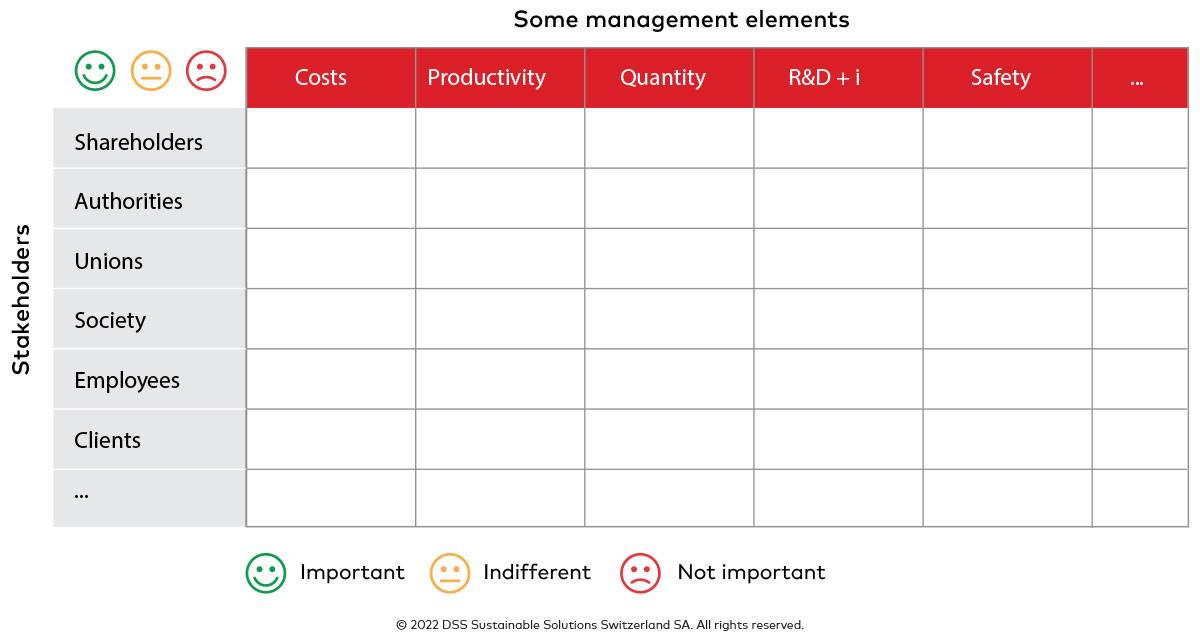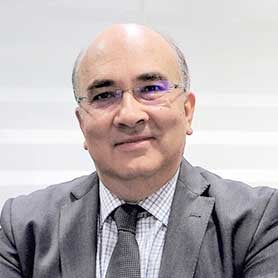How to Reduce the Fail Rate of Operational Risk Management Programmes
CEOs are well aware of the many risks associated with business operations that can ultimately hit the bottom line. Such risks can include a poor safety record, fraud, IT failure, reputational loss, to unexpected business shocks such as we have seen with the pandemic. A well developed operational risk management (ORM) strategy can certainly ensure risks are continuously assessed and minimised.

"By nurturing a good safety culture, organisations can develop a clear ORM strategy and strengthen OpEx."
– Marcelino Garcia, Spain & Portugal Director and dss+ Principal
But what ultimately results in many ORM strategies falling short of expectations or, worst-case scenario, failing is that the essential groundwork is often overlooked. Pulling the right levers to go in the right direction of travel is an essential starting point for building the right foundations to ensure ORM plans can set sail and thrive. Typical levers include strategy, leadership and culture. While strategy provides the roadmap and leadership compass, the company culture will determine how smooth and accurate your ORM journey will be. Indeed without an aligned organisational culture, any transformational project risks failure.
So how can engaging the right levers help reduce the fail rate of operational risk management programmes, and what steps can leaders take?

Diagram: Mapping out stakeholder needs
Map out stakeholders’ needs
Consider all the stakeholders of the organisation (see diagram). These stakeholders will typically include shareholders, authorities, employees, suppliers, clients, unions and the local community. Next, consider what elements of your business will be most significant to these stakeholders. For example, if we take cost, this will be an important consideration for clients who will not want to pay too much for a product or service, but it’s of less importance to authorities. In contrast, productivity will be an important consideration for shareholders who are likely to see profits increase but less so for unions and employees who may be expected to work for longer hours.
Once you map out your stakeholder needs, a picture will emerge of which operational elements are considered important by stakeholders. Mapping out where there is alignment helps to develop a more pertinent ORM programme.
Search for alignment
While searching for alignment, each organisation will include different stakeholders, management and operational elements unique to their business model. The majority of organisations find that safety achieves the highest alignment across all stakeholders. Why? Because it’s possibly the only business focus that prioritises peoples’ wellbeing. This is no surprise as we know that asset protection and employee health and safety touches every aspect of an organisation both internally and externally. A safer working environment not only saves costs from lower incidents and unexpected business interruptions, but is also a crucial pillar of OpEx success and reputational value.
Increasingly, an organisation’s ability to protect people, assets, and the environment is becoming an essential aspect of any ORM programme. So as an operational discipline that is highly aligned with the demands of all stakeholders, safety provides a lever for ORM implementation that everyone can understand and buy into.
Safety as an ORM lever
Having consensus on safety as an ORM lever gives organisations a clear starting point that can then be broadened to OpEx areas such as cost, productivity and R&D. How? Putting in place a good safety culture promotes the necessary mindset and behaviours that are at the very heart of operational excellence: savings can be made, and costs reduced as property damage and employee accident rates are minimised. This, in turn, leads to improved OpEx through shorter turnarounds and optimised maintenance. This focus on safety as an ORM lever moves risk from being a constraining factor, to one that helps companies flourish through improved OpEx. It’s a simple yet powerful message.
Organisations often see safety as a separate discipline that is an addition to business operations. But it’s much more than wearing hard hats and following safety procedures; it’s about caring for people, instilling the right mindset and, importantly, the right behaviours that avoid operational risks. As a collateral, safety is a powerful lever for organisational alignment. By nurturing a good safety culture, organisations can develop a clear ORM strategy and strengthen OpEx.
3 recommendations to strengthen your ORM programme
Recommendation #1:
Consider ORM levers
A good ORM programme doesn’t happen in a strategic vacuum. For it to function effectively, it requires strong leadership, an aligned organisational culture to drive it forward and OpEx resilience. Think about the levers at your disposal that have the broadest organisational engagement so that goals are aligned.
Recommendation #2:
Make ORM sustainable
Add meaning and longevity to ORM programmes by considering their sustainability. Focusing on safety mindsets and behaviours ensures that strategies are built on solid foundations and act as reassuringly consistent risk reducers to all stakeholders.
Recommendation #3:
Avoid a narrow pathway
Putting in place a company culture aligned through safety multiplies the opportunities to reduce risk more widely across the organisation. Broadening out ORM programmes ensures companies do not fall into the trap of being constrained by viewing it as a narrow pathway to ORM success, rather than a tool to help it flourish.
"Often we see companies struggle to implement critical transformational ORM programmes or OpEx projects by not engaging the right levers at the right time. While organisational culture alignment and operational discipline are essential success factors, safety excellence offers the most powerful lever and stakeholder alignment opportunity."
– Marcelino Garcia, Spain & Portugal Director and dss+ Principal
Join the movement
Did you know that we have expanded our capabilities to include sustainability in addition to safety. Sustainability is imperative and has become a key focus for all organisations. dss+ has supported small and large companies worldwide in strengthening, developing and implementing sustainable strategies to keep businesses operational in a safe manner.
As sustainability priorities take centre stage, we invite you to join the movement on preparing your teams for future sustainability challenges together.
Business leader

